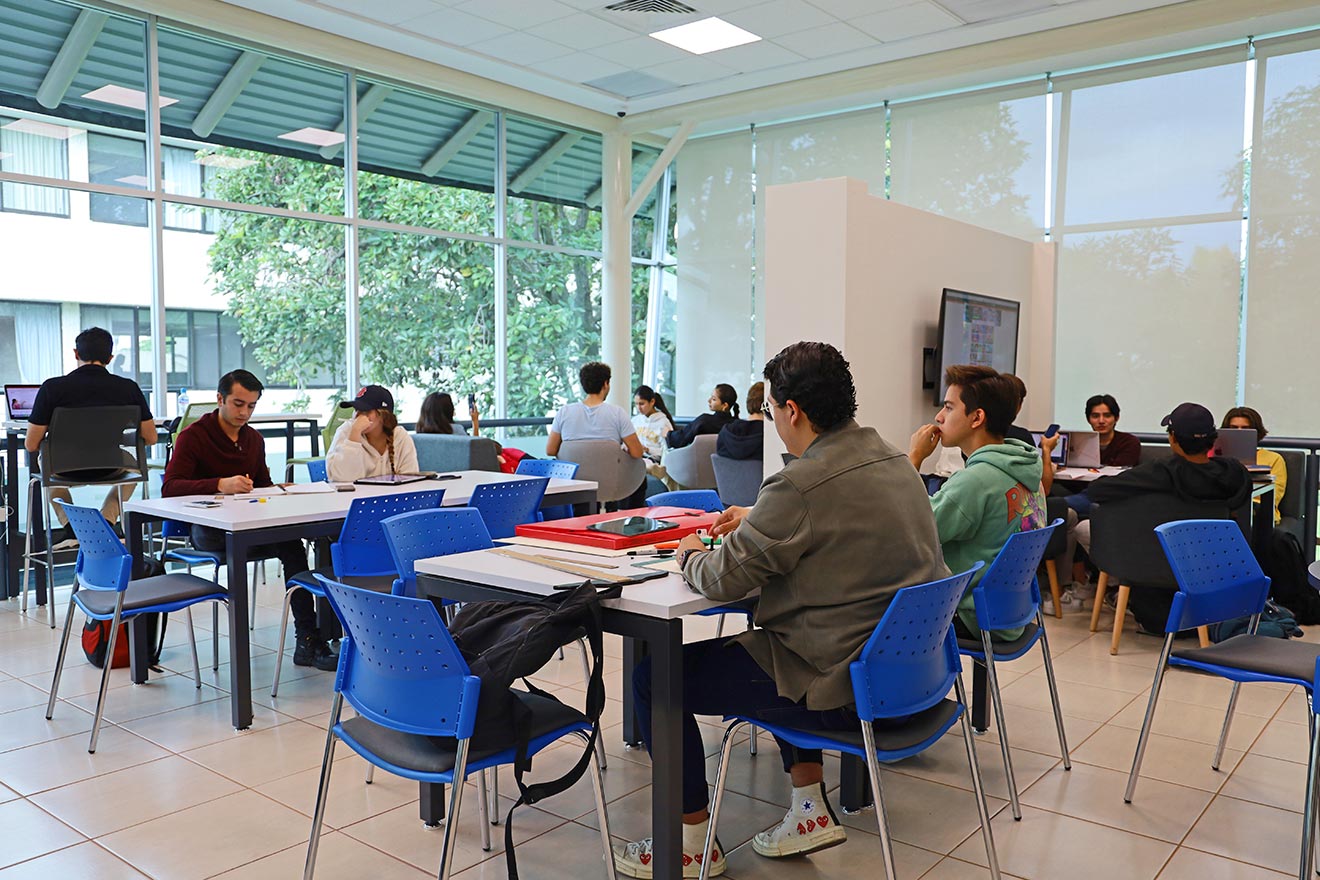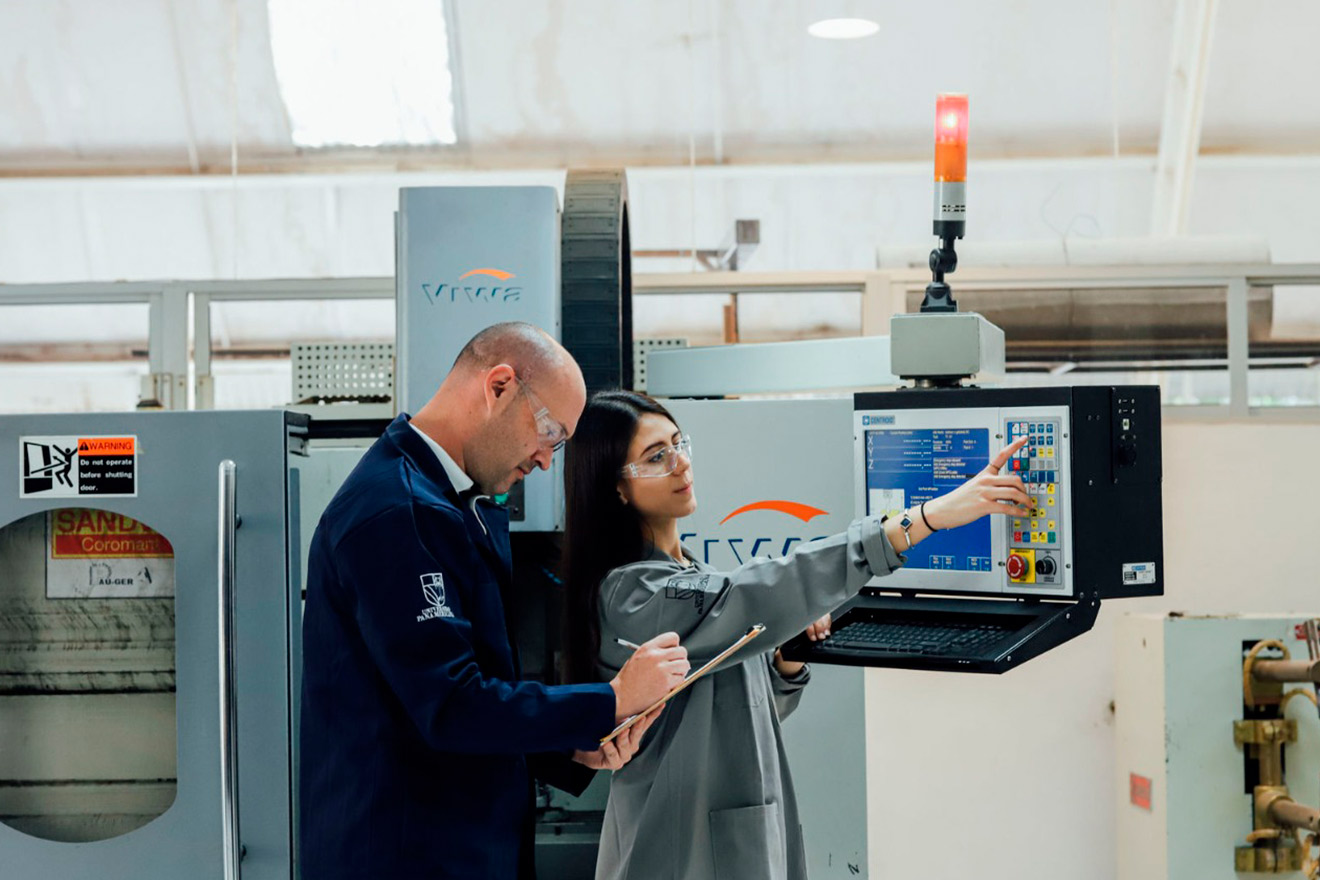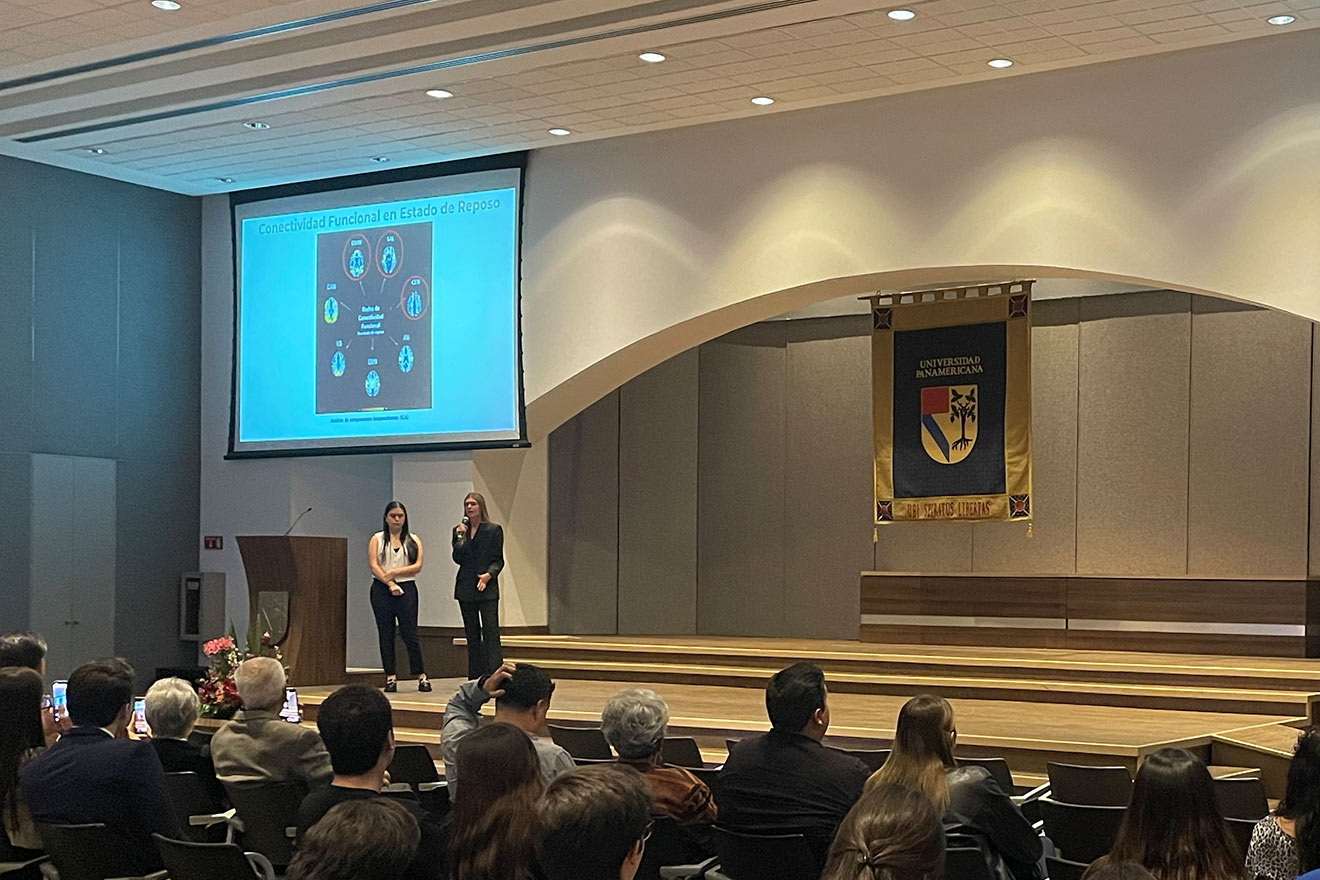On September 29, the World Intellectual Property Organization (WIPO) released the World Innovation Index, in which Mexico ranked three positions lower than the previous year, ranking 58th out of 132 countries.
Four of the five most important science and technology clusters are in East Asia, with one in Japan, two in China, and one in the Republic of Korea, while the fifth is in the United States. These poles are determined by analyzing the filing of patent applications and the publication of scientific articles, which provide a documentary reflection of the geographic areas with the highest density of inventors and scientific authors in the world.
For Mexico, ideally, the scientific and technological advances already made in university environments will be transformed into opportunities for technology transfer, which will generate greater strengths in the field of innovation in companies and society, thus promoting the creation of technological capabilities to face the uncertainties of the contemporary competitive global environment.
This requires the involvement of companies and the government in the generation of initiatives that accompany the maturation processes of technologies emerging in laboratories so that they become attractive investment prospects and give rise to new lines of business or new companies.
The timely maturation of scientific research results developed by universities and research centers produces great benefits, not only for companies but also for society, as they translate into solutions to health, environment, poverty, and security-related problems, among others.
In this case, a joint collaboration between companies and universities is relevant for the following reasons:
- It promotes the creation of highly scientific Research and Development Centers, according to the needs of industry and society.
- It enables the formation of scientific-technological networks with the participation of university researchers in the industry.
- It establishes the thematic lines of co-investment to support the maturation of technologies that arise in university environments, as well as the execution of specific industrial scaling projects that support technology transfer.
- It builds incentives for university researchers, allocating economic resources to researchers who collaborate with companies to carry out R&D&I tasks.
- It strengthens infrastructure and equipment for R&D&I with joint investments in equipment for laboratories and research centers.
Mexico deserves an increased number of innovations, and this requires both more allocation of resources for investment in science and technology and the creation of highly stimulating cultural environments and clear state policies on science, technology, and innovation.
This raises the following question: Is it possible to generate a joint (university-business) capacity for action based on shared scientific and business views?
By depending on the production of foreign technology, companies inhibit scientific and technological creativity within the academic field and, as a result, create highly exclusive labor markets that are only capable of absorbing a labor force with minimum and intermediate qualifications, offering productive employment only to relatively small groups of people with university or equivalent qualifications.
In Finland, for example, students on their way to graduation complete their theses in coordination with a company, creating a vigorous flow of ideas and exchange of knowledge. Under this model, university research is increasingly crystallized in spin-off projects carried out through private initiatives. Technology transfer centers are now a constant feature of any university.
Experience shows that companies are more likely to be interested in an invention in whose created it participated rather than in using an invention that is the result of research in which it was not involved.
Likewise, universities must have internationally competent researchers who are dedicated to applied research or have knowledge of the innovation management process. Statistics show that, in the United States, 91% of public universities and 6% of independent doctoral degree-granting universities have a relationship with research-based industry.
Understanding both the role of business in providing strategic funding and the contribution of universities means understanding that innovation is collective; the interactions between the different actors are a critical part of the process.
About the editor

Juan Alberto González Piñón, director of Spark UP and professor at Universidad Panamericana’s School of Business.
Original text taken from: https://expansion.mx/opinion/2022/10/18/advertencias-y-contingencias-en-la-relacion-de-universidades-con-empresas








